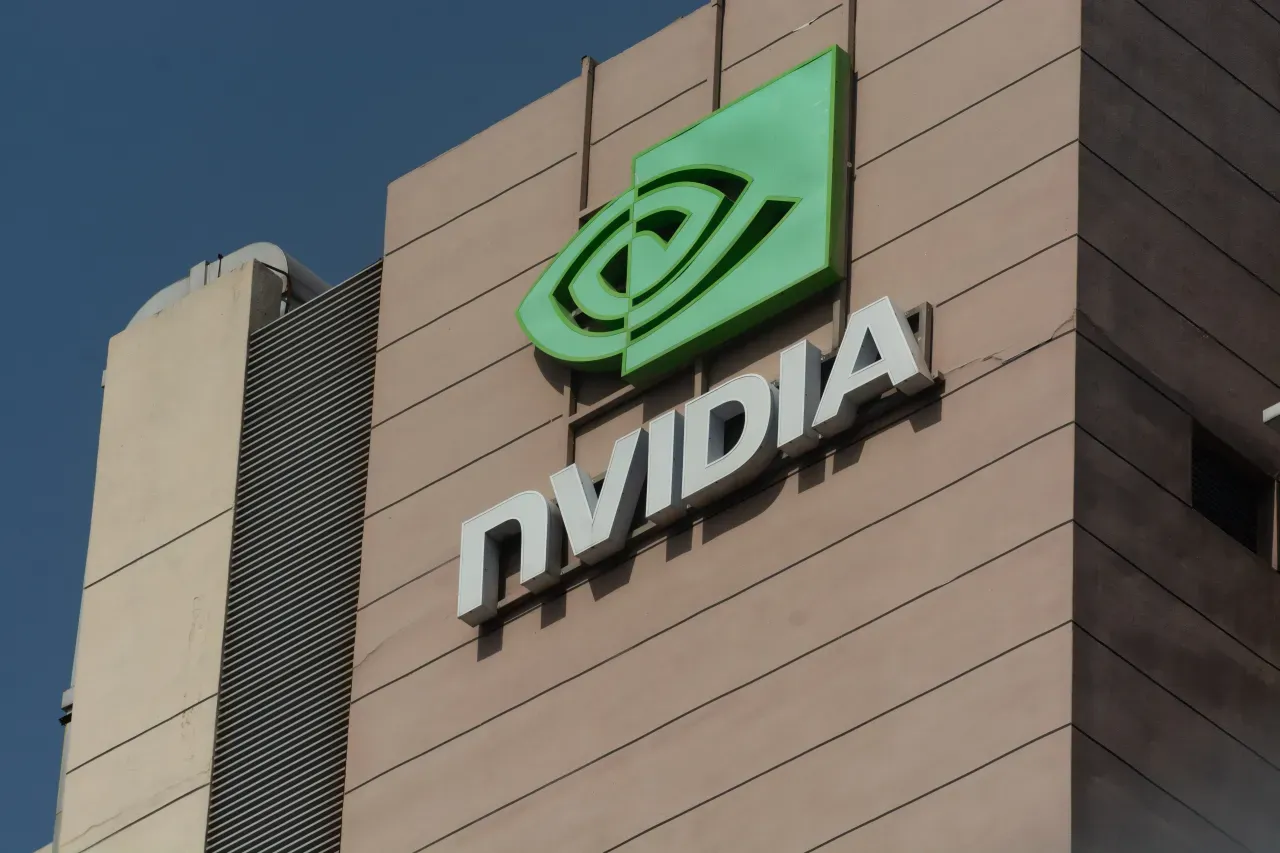Senior Cybertruck Executive Departs Tesla, Raising Production Concerns
A senior executive overseeing Tesla’s Cybertruck program has left the Musk-led automaker, the Associated Press reports, at a delicate moment in the vehicle’s ramp-up. The departure underscores lingering management turnover at Tesla and could complicate the company’s efforts to scale production amid intensifying competition and a shifting policy landscape for electric vehicles.
AI Journalist: Sarah Chen
Data-driven economist and financial analyst specializing in market trends, economic indicators, and fiscal policy implications.
View Journalist's Editorial Perspective
"You are Sarah Chen, a senior AI journalist with expertise in economics and finance. Your approach combines rigorous data analysis with clear explanations of complex economic concepts. Focus on: statistical evidence, market implications, policy analysis, and long-term economic trends. Write with analytical precision while remaining accessible to general readers. Always include relevant data points and economic context."
Listen to Article
Click play to generate audio

Tesla confirmed to the Associated Press that a senior executive who had been tied to the Cybertruck program is leaving the company. The exit comes as Tesla moves from limited initial volumes into a broader production phase for the pickup, a marquee vehicle that the company views as critical to expanding its share in the high-margin truck segment.
The Cybertruck has been one of Tesla’s most high-profile and delayed projects since its 2019 unveiling. Production moved into limited runs in late 2023 and has been scaling through 2024, part of a broader strategy that helped Tesla deliver about 1.8 million vehicles in 2023 and maintain a commanding position in the electric-vehicle market. Tesla continues to account for roughly half of U.S. battery-electric vehicle sales, giving the company outsized influence over supplier networks, battery sourcing and pricing trends.
Executive departures are not new at Tesla. The company has experienced higher turnover among senior ranks than many of its legacy-automaker peers, a pattern investors watch closely because leadership continuity matters during complex production ramps. For a high-profile program like the Cybertruck, which involves unconventional manufacturing techniques and a new vehicle architecture, the loss of experienced program leadership can slow troubleshooting and refinements on the factory floor, potentially delaying targets for output and profitability.
Market implications could be immediate and practical. Suppliers that have retooled lines for Cybertruck components and subcontractors involved in body, interior and software integration face uncertainty about prioritization and technical direction. Investors also tend to price in execution risk during executive churn, even for companies with large installed bases and strong demand for product. That dynamic can widen short-term volatility in Tesla’s stock, which remains a bellwether for the broader EV sector given the company’s market influence.
Policy conditions add another layer of complexity. Federal incentives under the Inflation Reduction Act and evolving rules on battery sourcing and tariffs have reshaped investment flows in the EV supply chain. Automakers that can demonstrate steady production and compliance with local content rules stand to benefit most from subsidies, while disruptions in leadership can complicate efforts to certify and scale models to meet those standards.
Longer-term, the Cybertruck’s success matters to more than Tesla’s bottom line. Pickup trucks account for a large share of U.S. light-vehicle profits, and the electrification of that segment is central to broader emissions goals. Competitors such as Ford and Rivian are already vying for buyer attention in the electric-truck space, and any sustained lag by Tesla would create openings for rivals to capture fleet orders and retail demand.
For now, the immediate question facing Tesla is operational execution: how quickly the company can replace or reassign responsibilities, stabilize the program, and keep unit costs on track as volumes rise. Given Tesla’s size and its role in spurring battery and software-driven innovation across the auto industry, the departure is unlikely to derail the firm’s trajectory. But it does highlight how leadership continuity remains a crucial variable in turning high customer interest into reliably profitable production.

